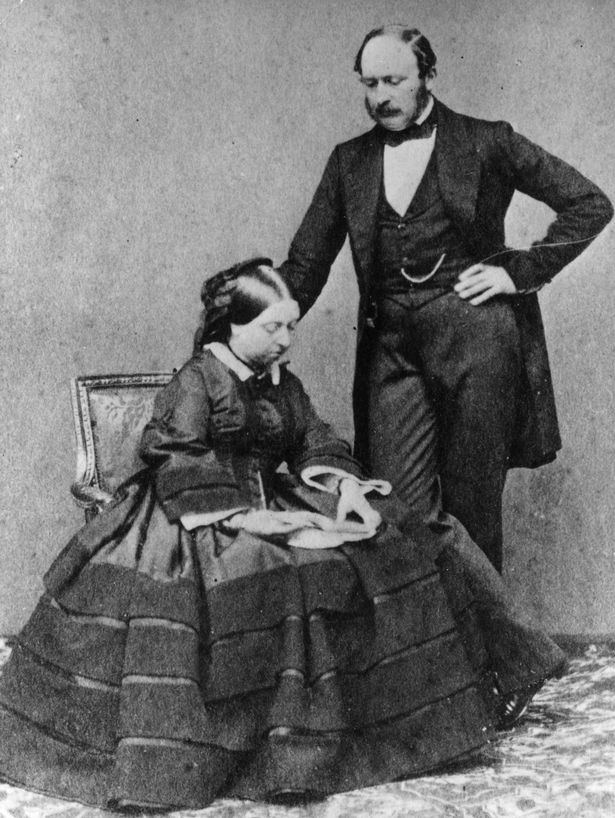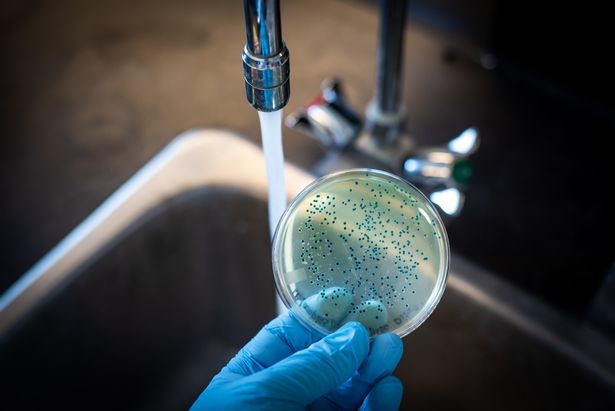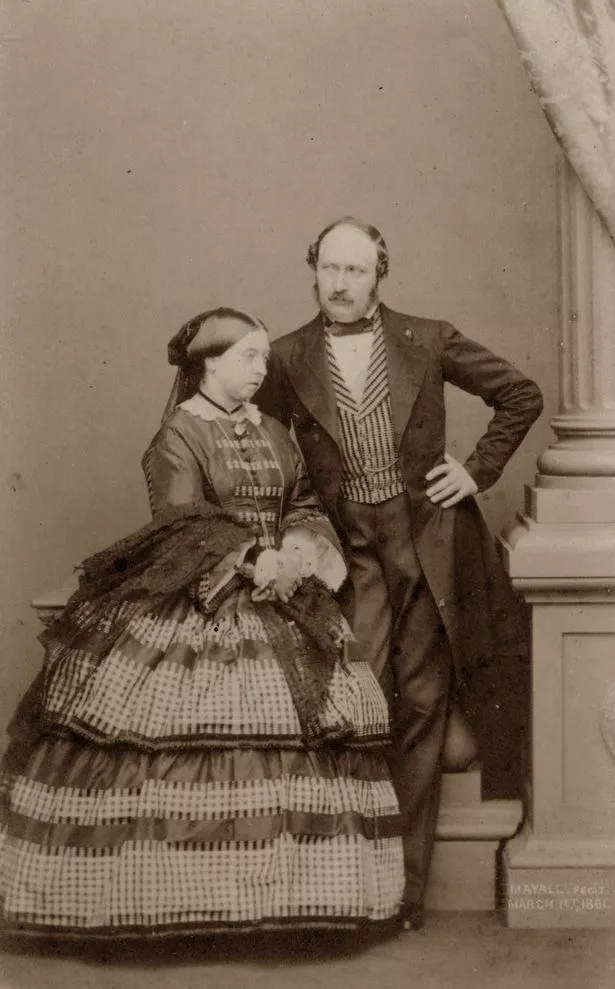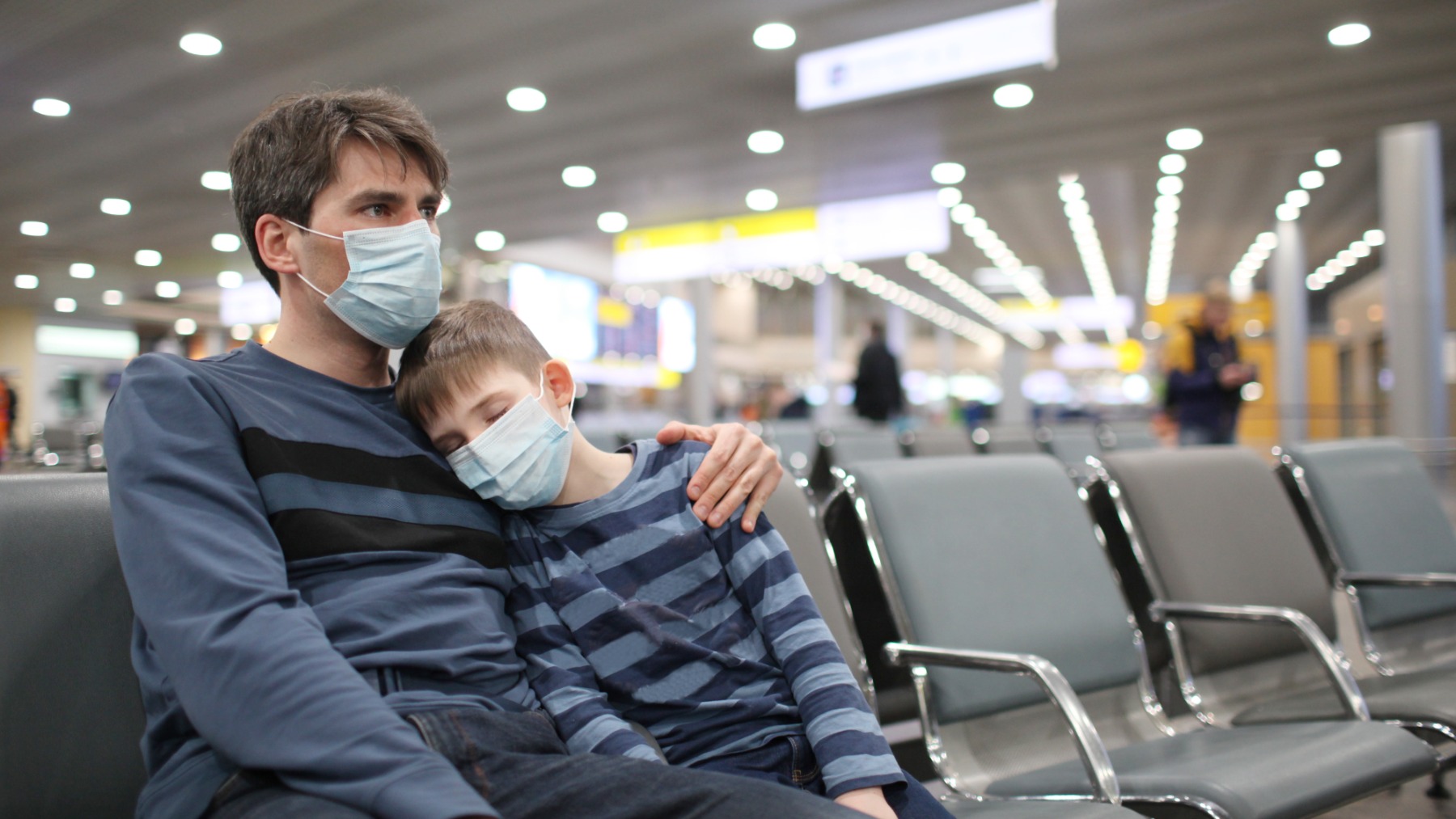Typhoid cases in the UK have reached an all time high, with health officials warning of an antibiotic-resistant strain that puts infected people at risk of having severe complications
A grim bleeding disease once rampant during the Victorian era has now reached record levels in the UK. Typhoid, the illness that killed Queen’s Victoria’s husband, Prince Albert, is at an all-time high.
The UK health Security Agency (UKHSA) recording 702 cases of typhoid fever and related illness paratyphoid fever in 2024. This marks an 8% rise on the year before from 645 cases and is the highest recorded number of cases ever.
Health officials warned the number of people entering the UK with the highly contagious, and potentially lethal illness – is at record levels. Without swift treatment, typhoid can cause gruesome issues like internal bleeding or ruptured organs.
A bacterial illness, it is caused by a type of salmonella that is transmitted via food and water contaminated with an infected person’s urine or faeces.
Most typhoid cases in Britain are connected to travel in India, Bangladesh or Pakistan where the disease is more common, with health officials urging Brits to get vaccinated when visiting countries that have high levels of the illness.
Dr Philip Veal from UKHSA said: “It is important that travellers remain alert and plan ahead of going abroad – even if you’re visiting friends and relatives abroad or it’s somewhere you visit often.”
The UKSHA also warns of an alarming rise of antibiotic-resistant typhoid in Pakistan called XDR which has been in transmission since 2016. People who catch the XDR strain are more likely to be worst hit by the disease.
A fifth of typhoid cases around the world are fatal, reports MailOnline, although fatalities more rare in countries like Britain.
Symptoms develop one to two weeks after becoming infected and included flu-like symptoms such as fever, headache, aches, pains, fatigue and a cough. Constipation is also a symptom.
A secondary wave of symptoms follows, causing nausea, diarrhoea and sometimes a rash. These symptoms indicate the illness has become life-threatening.
The infection usually clears in three to five days with antibiotics. A free typhoid vaccination is available for people travelling to countries with high typhoid levels but there are no jabs for paratyphoid, which is caused by a slightly different bacteria.
Travellers to these areas are also advise to drink bottled water, avoid ice in drinks and raw fruit and vegetables while in the affected area.
For the latest breaking news and stories from across the globe from the Daily Star, sign up for our newsletters.









